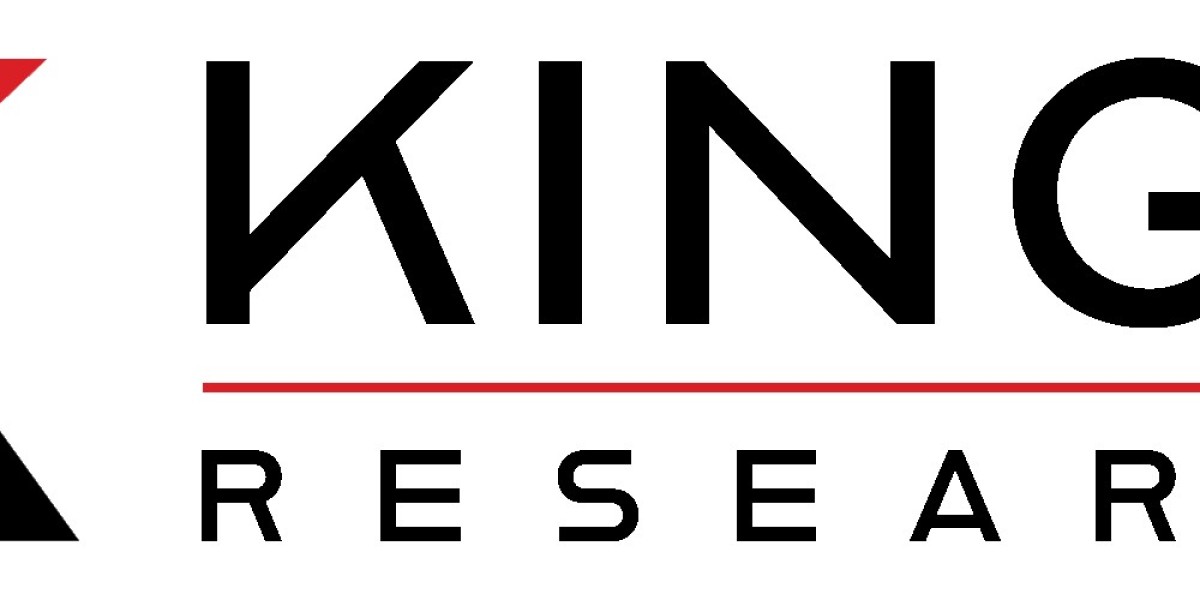The siding market is a critical component of the construction industry, encompassing various materials and technologies that protect and enhance the exterior of buildings. This market is influenced by numerous factors, including economic conditions, technological advancements, consumer preferences, and regulatory frameworks. In this article, we explore the key dynamics shaping the global siding market and what stakeholders can expect in the near future.
According to Stratview Research, the siding market was estimated at USD 94.74 billion in 2022 and is likely to grow at a CAGR of 3.8% during 2023-2028 to reach USD 118.5 billion in 2028.
Market Overview
The siding market includes a wide range of materials such as vinyl, fiber cement, wood, metal, and brick. These materials serve different purposes, from aesthetic enhancement to providing insulation and weather resistance. The market is segmented by material type, application (residential or commercial), and region, each with distinct growth drivers and challenges.
Key Growth Drivers
1. Urbanization and Construction Boom
Rapid urbanization and the consequent construction boom in emerging economies are primary drivers of the siding market. Countries in Asia-Pacific, Latin America, and parts of Africa are witnessing increased construction activities to accommodate growing urban populations. This surge in construction is driving demand for siding materials that offer durability, aesthetic appeal, and cost-effectiveness.
2. Sustainability and Environmental Concerns
Environmental sustainability is a significant trend influencing the siding market. There is a growing preference for eco-friendly materials that reduce the carbon footprint of buildings. Fiber cement, recycled metal, and sustainable wood options are gaining traction due to their lower environmental impact. Builders and consumers are increasingly prioritizing materials that contribute to energy efficiency and have a longer lifecycle, aligning with global sustainability goals.
3. Technological Advancements
Advances in manufacturing and material science are transforming the siding industry. Innovations such as insulated vinyl siding and smart siding solutions with integrated sensors are enhancing the functionality and efficiency of siding materials. These technologies offer improved insulation, better weather resistance, and even self-cleaning properties, making them attractive options for modern construction projects.
4. Rising Demand for Energy Efficiency
Energy efficiency is a crucial consideration for contemporary construction. Siding materials that provide superior insulation can significantly reduce heating and cooling costs, making buildings more energy-efficient. This demand is driving the adoption of materials like insulated vinyl and fiber cement, which help maintain consistent indoor temperatures and lower energy consumption.
Regional Insights
North America
In North America, the siding market is mature, with significant demand driven by renovation activities and new construction. The United States and Canada are key markets where energy efficiency and aesthetic appeal are top priorities. The trend towards sustainable building practices is also strong, with a growing preference for eco-friendly siding options.
Europe
Europe's siding market is characterized by stringent environmental regulations and a high emphasis on sustainability. Countries like Germany, the United Kingdom, and France are leading the way in adopting green building materials. The market is also influenced by the region’s rich architectural heritage, driving demand for materials that blend modern performance with traditional aesthetics.
Asia-Pacific
The Asia-Pacific region is experiencing rapid growth due to urbanization and industrialization. China, India, and Southeast Asian countries are significant contributors to this expansion. The market in this region is diverse, with varying preferences and requirements. However, the common drivers are the need for durable, cost-effective, and aesthetically pleasing siding materials to meet the demands of a burgeoning middle class.
Latin America
Latin America's siding market is emerging, with growth driven by economic development and urbanization. Brazil and Mexico are key markets where the construction industry is expanding. The region is seeing increased adoption of innovative siding materials that offer better performance and sustainability.
Challenges and Opportunities
Challenges
Cost Considerations: High-quality siding materials can be expensive, posing a challenge for widespread adoption, especially in cost-sensitive markets.
Regulatory Hurdles: Varying building codes and regulations across regions can complicate the market landscape for global manufacturers.
Climate Impact: The suitability of certain siding materials varies with climate, requiring regional customization and affecting market dynamics.
Opportunities
Innovation in Materials: Continued research and development can lead to the creation of new, cost-effective, and sustainable siding materials.
Expansion in Emerging Markets: Untapped potential in regions like Africa and Southeast Asia presents significant growth opportunities for market players.
Enhanced Durability and Performance: Developing siding materials with improved longevity and performance can attract more consumers looking for long-term value.
Conclusion
The global siding market is dynamic and evolving, driven by factors such as urbanization, sustainability, technological advancements, and energy efficiency. While there are challenges to navigate, the opportunities for growth and innovation are substantial. By understanding and adapting to these market dynamics, stakeholders can effectively capitalize on the evolving trends and meet the diverse needs of consumers worldwide. As the construction industry continues to advance, the siding market will remain a critical area of focus, offering numerous possibilities for innovation and development.








